Barnaby Barford
‘More More More’
22nd May – 22nd June 2019
General inquiries:
info@davidgillgallery.com
Press inquiries:
press@davidgillgallery.com
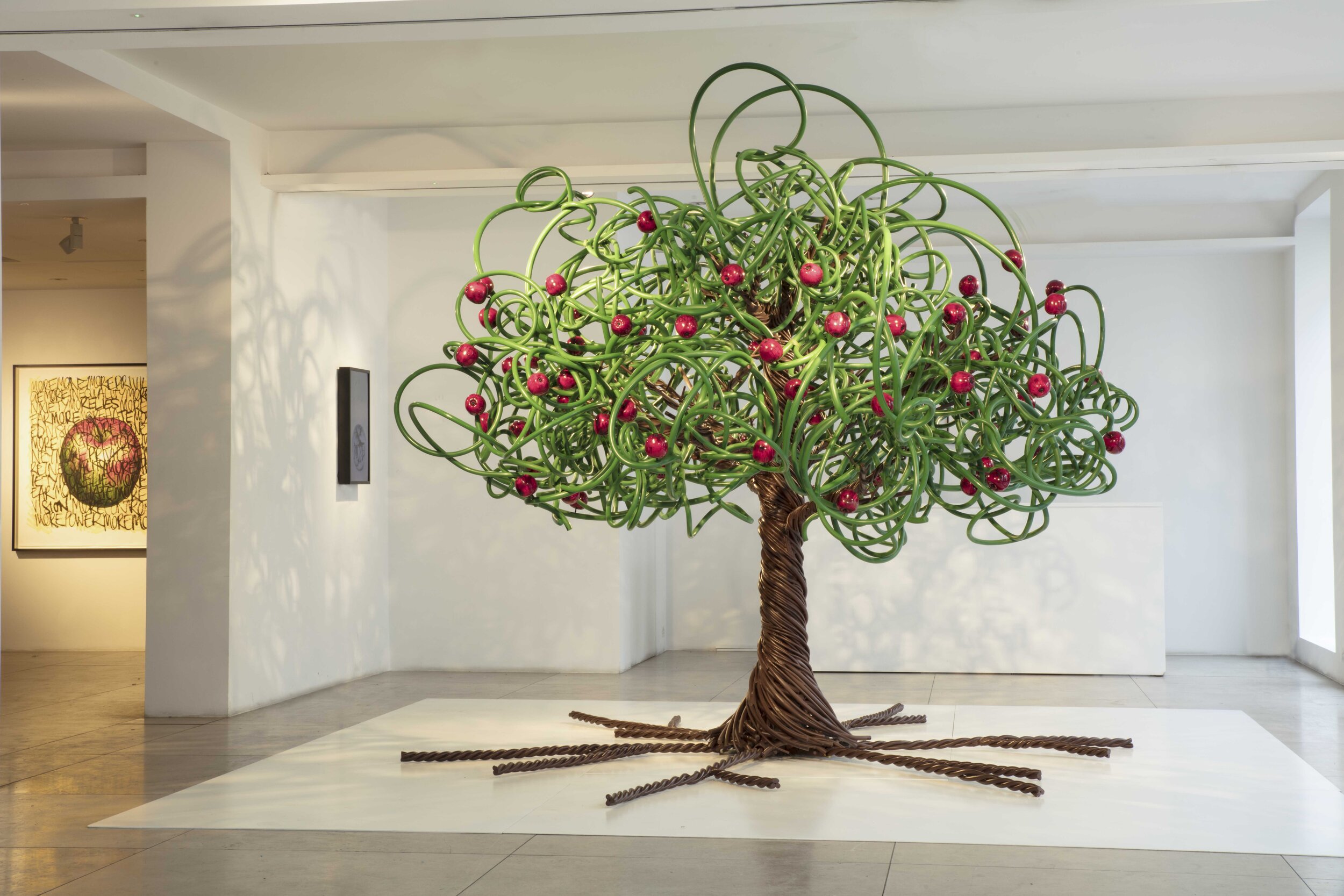
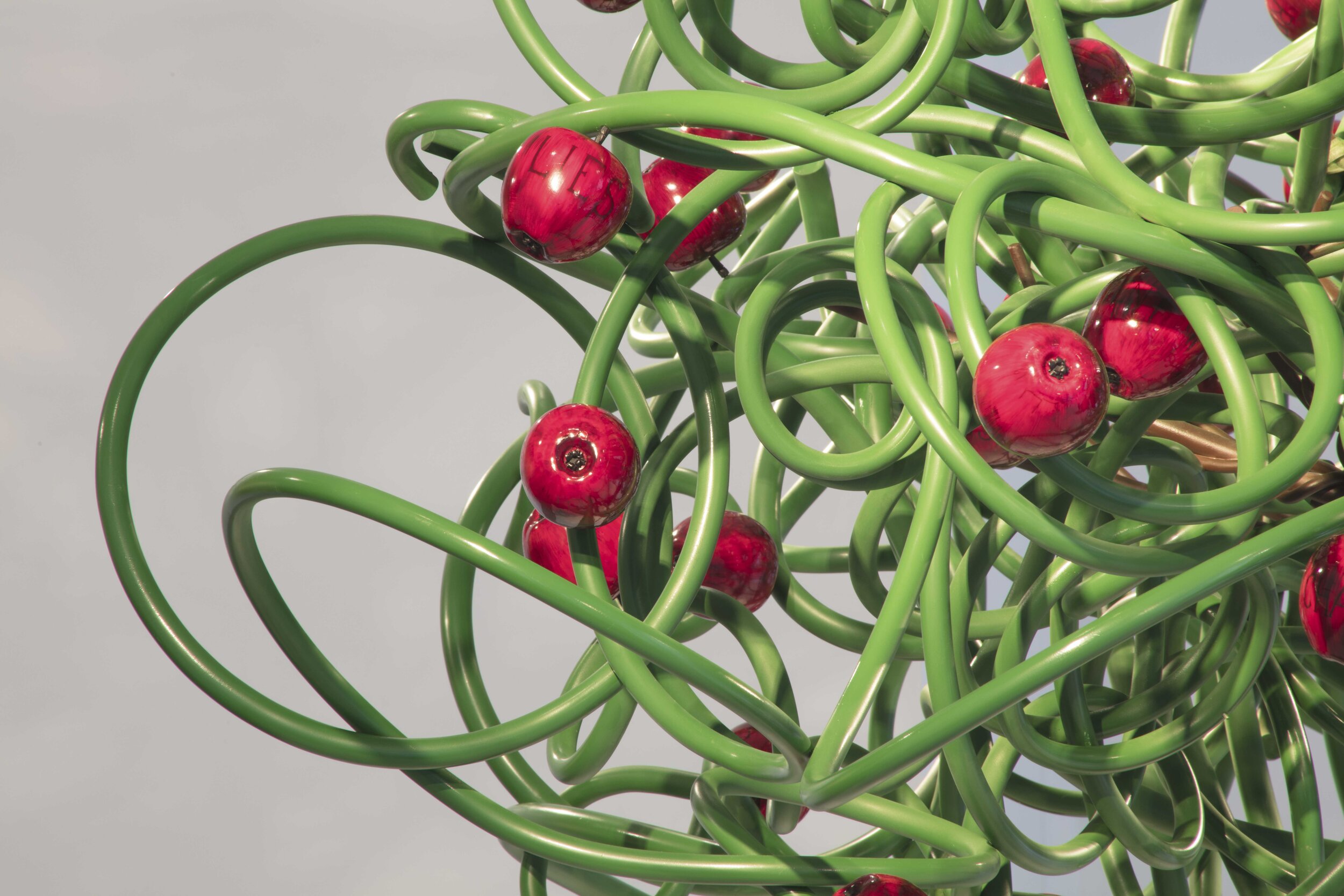
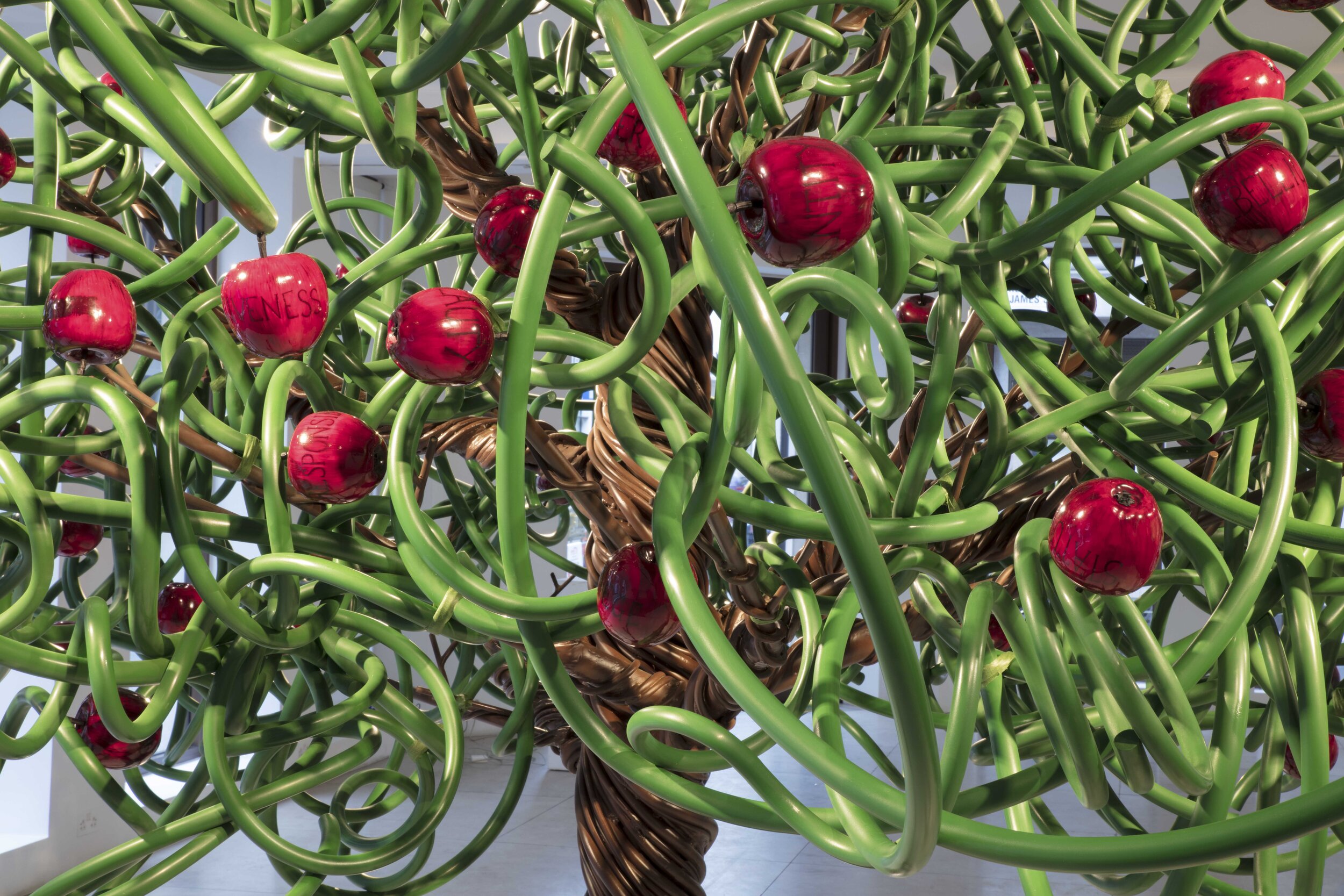
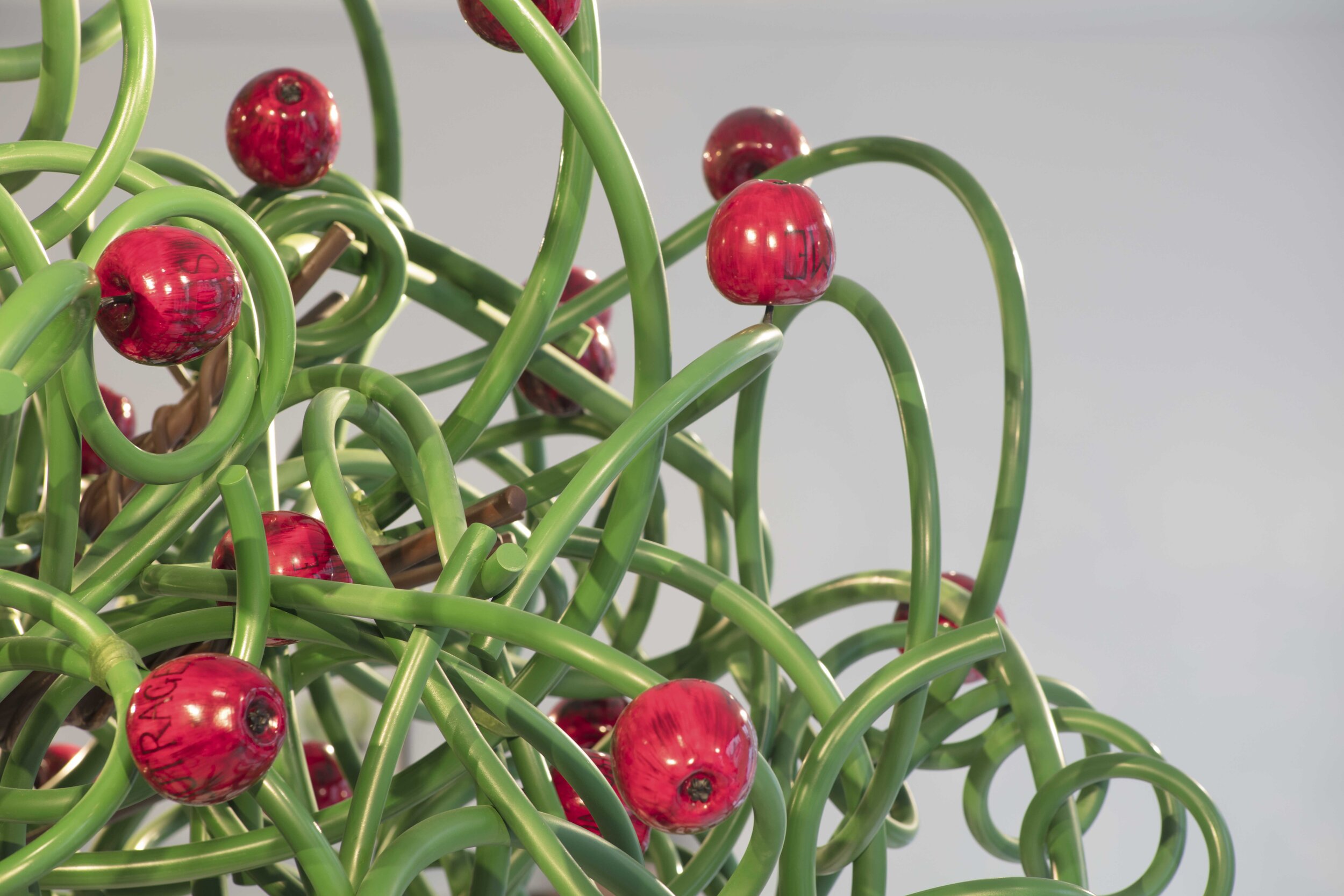
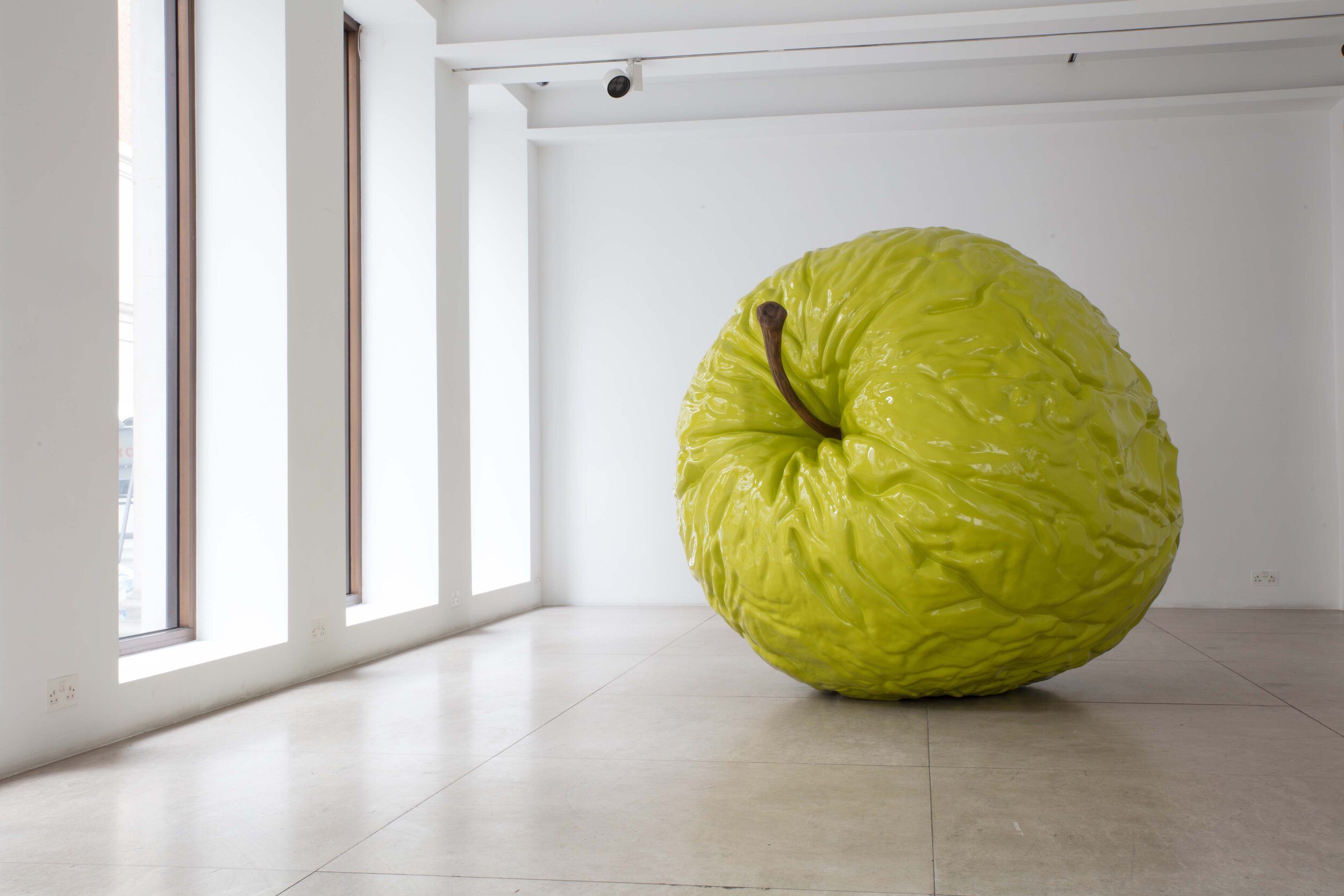
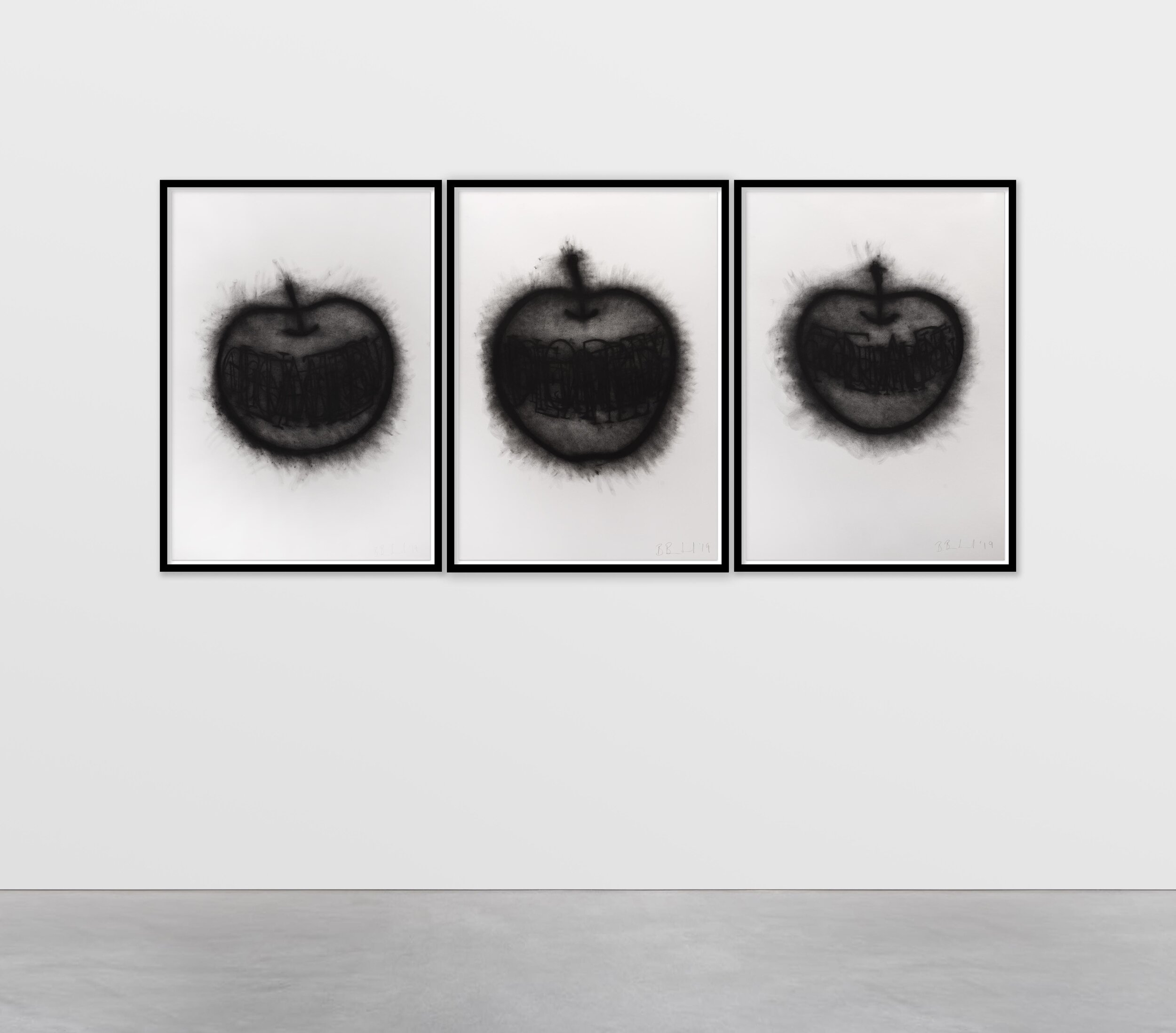
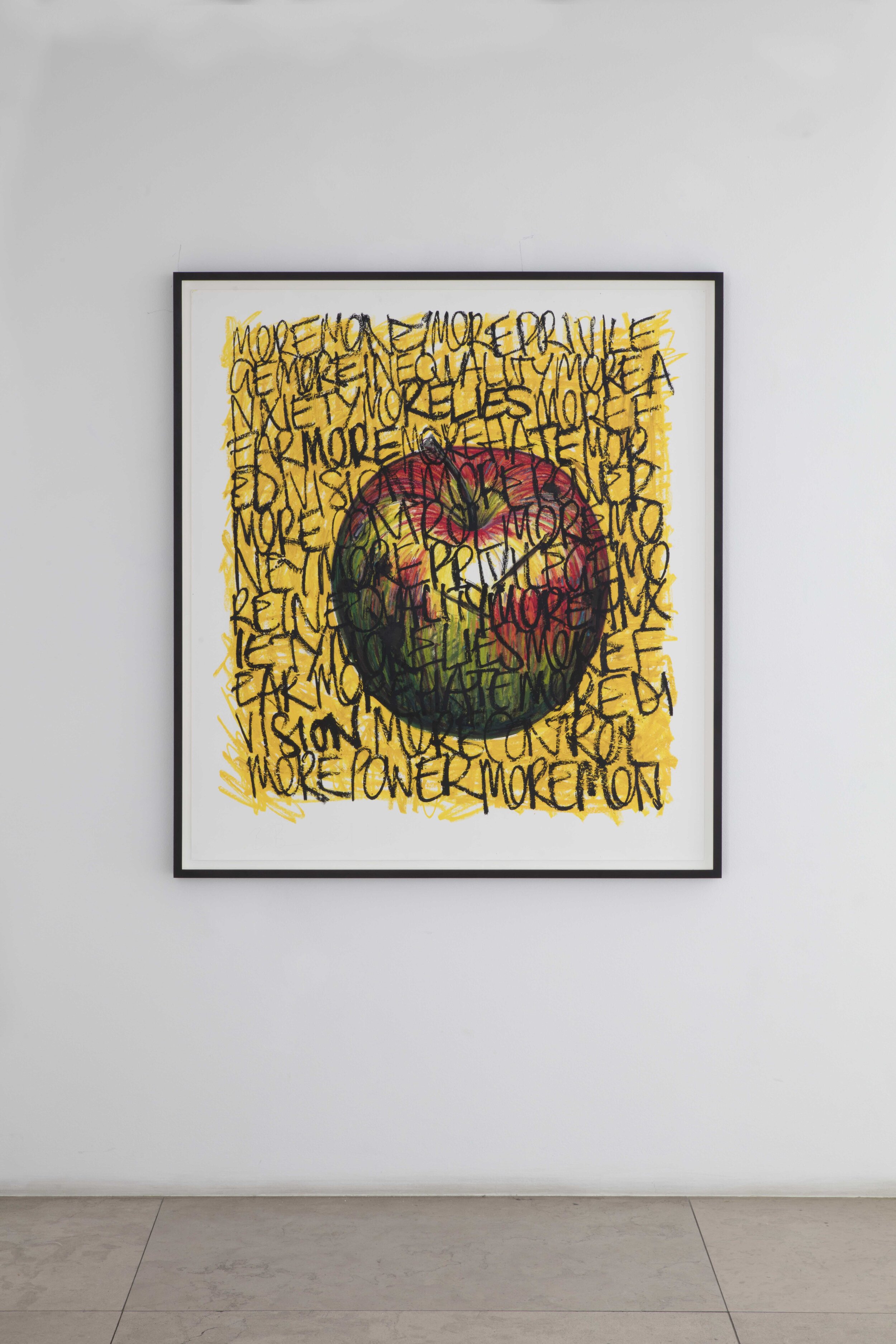
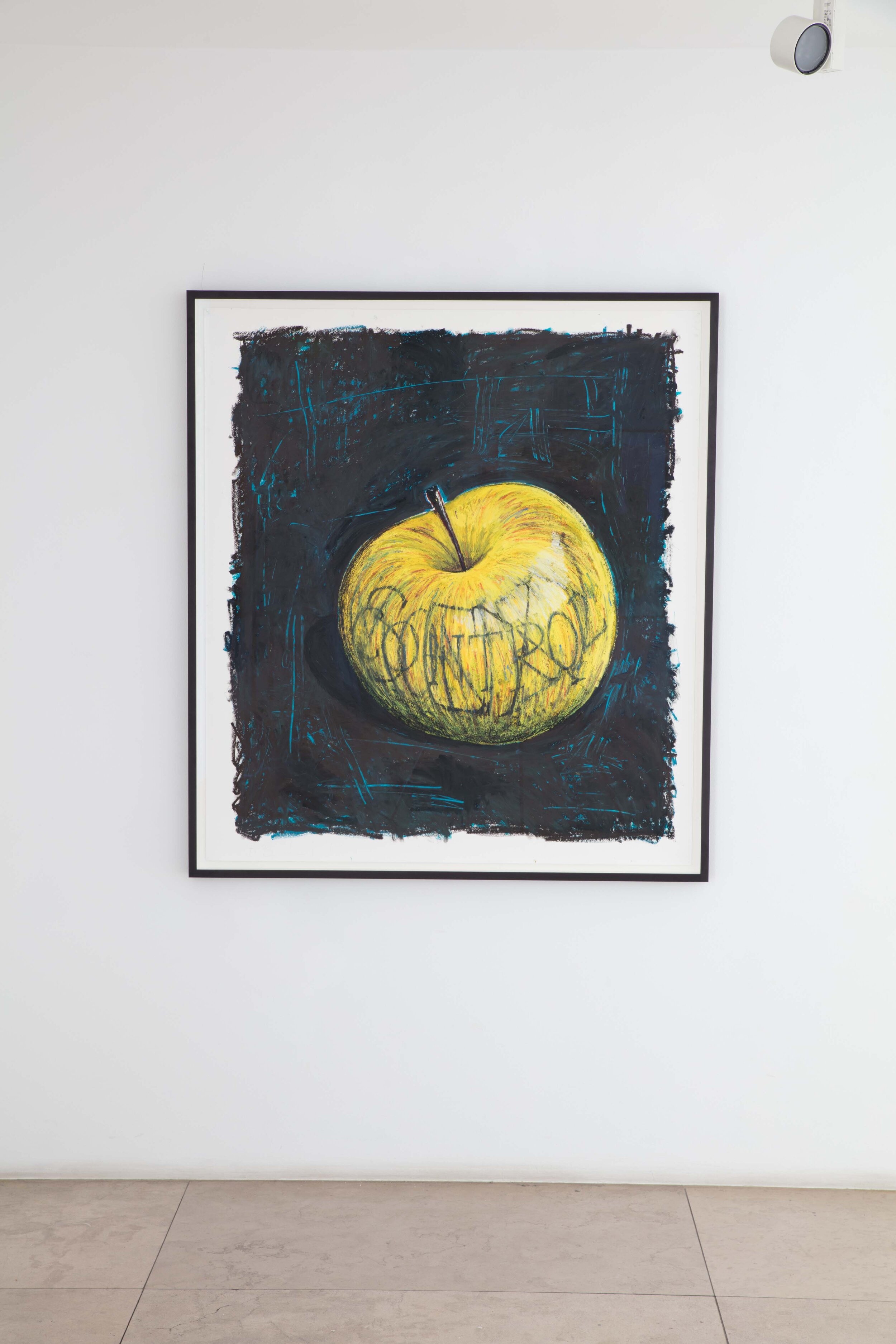
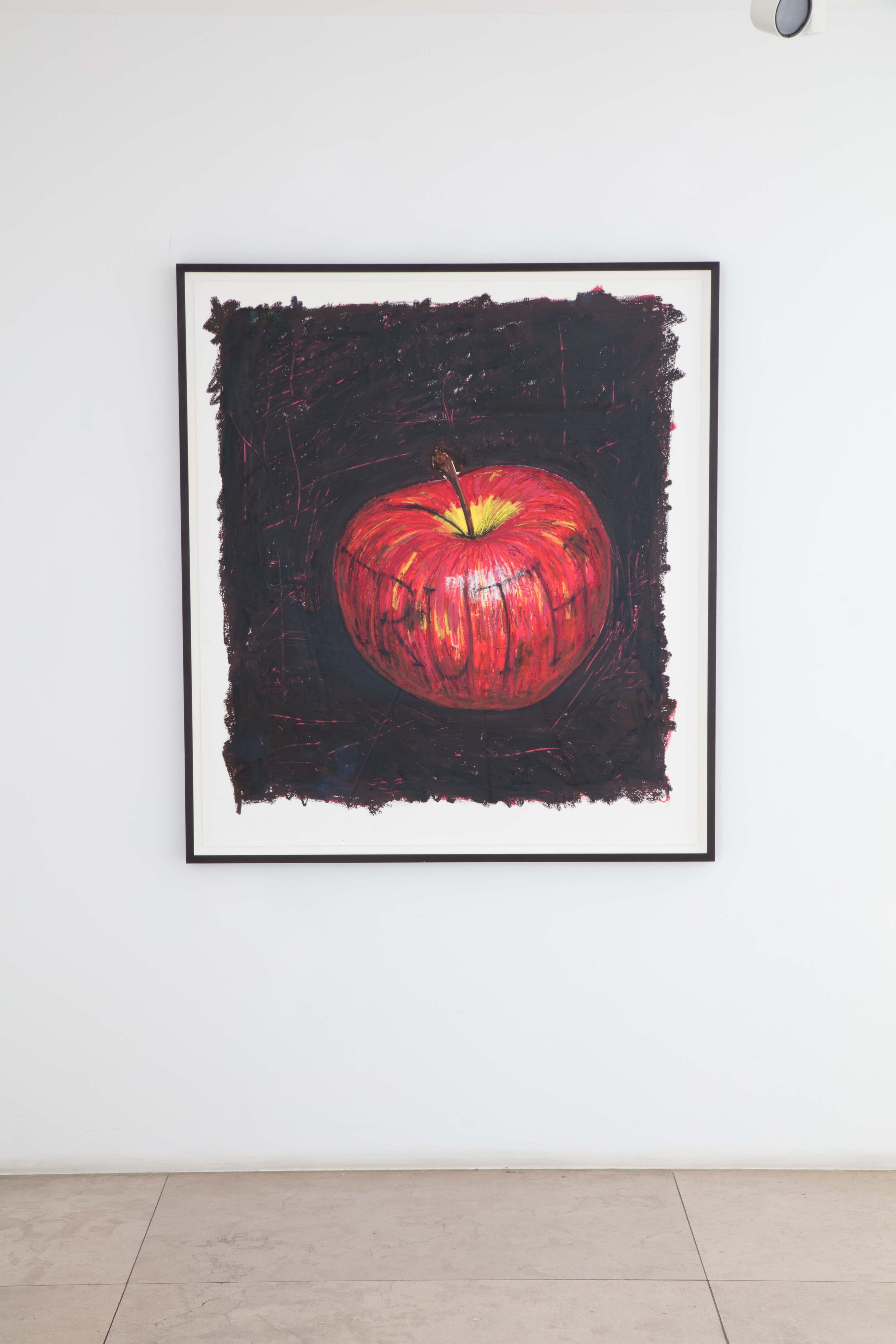
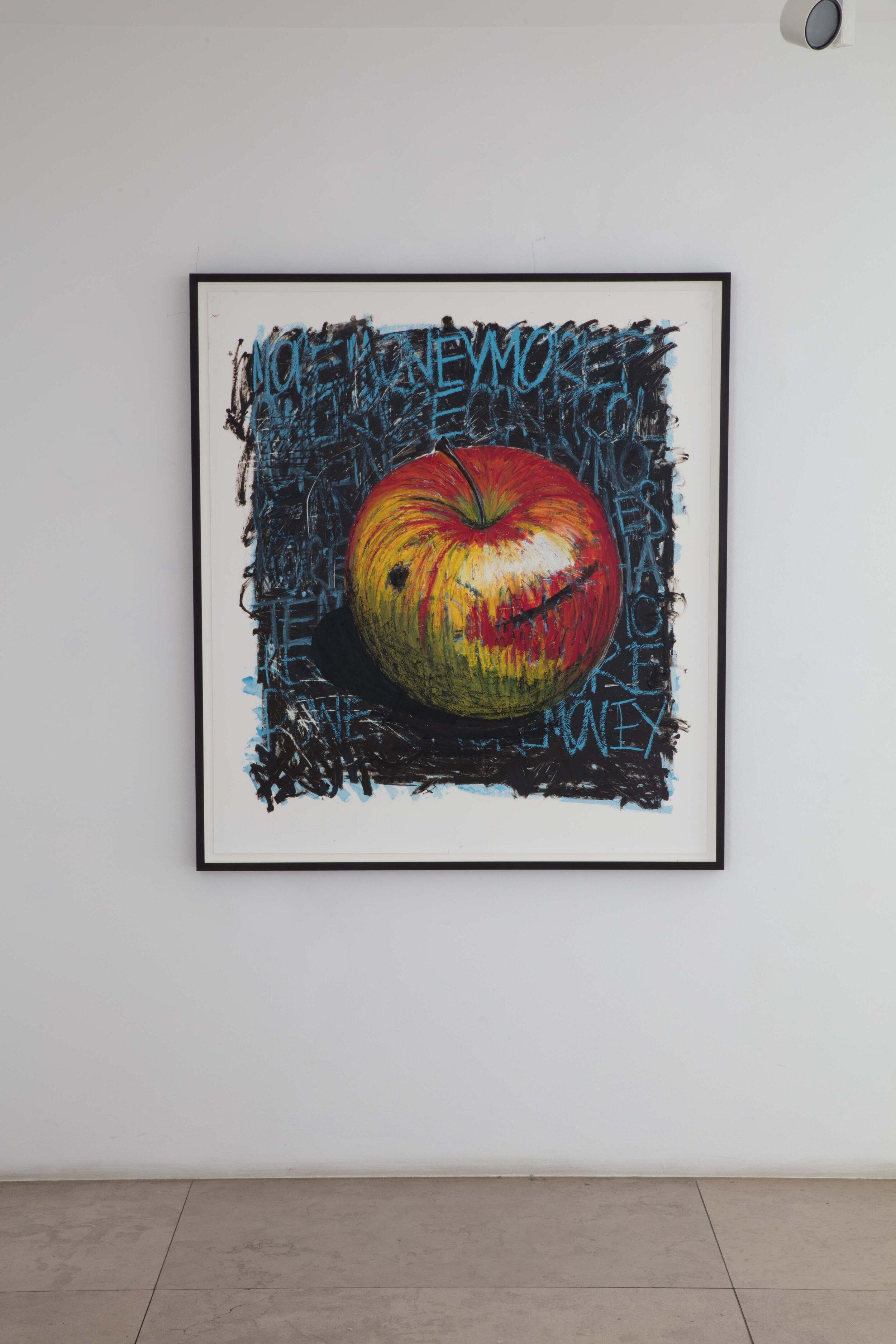
David Gill Gallery is pleased to announce a new body of work by Barnaby Barford, comprising two large-scale installations, three series of works on paper in charcoal, coloured pencil, and oil bar and pastel, and a black-and-white, time-lapse film. Barford continues his exploration of the politics of happiness and our incessant need for more, seen in The Tower of Babel, 2015 [Victoria & Albert Museum] and ME WANT NOW, 2016 [David Gill Gallery], but with a new source of inspiration - the apple - nature’s ancient, primary object onto which we have long projected our myriad fears and desires.
In mythology, art history and religious symbolism, this most humble of fruits contains all the dilemmas and dualities of the human condition, epitomised by Adam and Eve’s original ‘more’ moment in the Garden of Eden. The apple is innocence and experience, sin and redemption, death and resurrection, youth and decay, love and sexuality. These tropes are repeated in secular stories from William Tell to Snow White; and the apple tree is at the heart of Pioneer folklore, dubbed ‘the great American fruit,’ by Ralph Waldo Emerson.
The Apple Tree is Barford’s most theatrical work to date. Measuring 3m x 3m x 3m, with a trunk of gnarled, twisted steel that explodes into a canopy of looped plastic branches, like an airborne scribble, the tree resembles a child’s drawing and is hung with 92 bone china apples. ‘Activated’ when an apple is bought and snapped off the branch at its stalk (engineered in prototype nylon), the installation inveigles the apple-picker in a re-enactment of the fall of mankind.
Every apple is unique, hand-finished in oil paint in a rich, Disneyesque red, and slightly larger than life, enhancing an almost cartoonish tactility, exuding temptation. Each one bares a single word - chaos, courage, pizzazz, distraction, sovereignty, elitism, fame, truth, populism, sex - bringing to mind Medieval trees of virtues and vices, decorative diagrams that depicted a moral framework. Barford’s tree is a nod to contemporary issues with morality, but it is also informed by his trademark dark humour. As we prefix the words with ‘more,’ a reaction set-up by the title of the show, they are infused with an ominous insistence; our expectations are poignant, funny and troubling.
In contrast to the seductive, fairy-tale quality of the ceramic apples, the second installation, Land of Hope and Glory, is a vast, wrinkled fruit, 1.8m x 1.8m x 2m, sculpted from high density foam, covered in fibre glass, with an oak stalk and a 3-D printed calyx. This apple is painted a youthful, pale green but is now on the turn. The use of Elgar’s 1902 anthem as the title is freighted with ironic nostalgia, but it is also a call to action. We see that the deeply creviced sphere is a brain, a planet, a memento mori. The urgency of this dilapidation is reiterated in Barford’s film, shot over 2 and a half months, of a real apple, scarified with the word ‘more,’ rotting imperceptibly, until the letters have become illegible.
Barford talks of an ‘atmosphere of compulsive longing for more that surrounds us, like a fog or an invisible cage,’ and expresses this in brightly coloured drawings of apples partially obscured by impenetrable fences of words. In another series, he draws a single fruit, floating in black charcoal on white paper, with an intensity achieved by layers of drawing and rubbing out – our repetitive desires short-lived but indelible.
That Barford is able to find poetry in what he clearly regards as a crisis, speaks to his belief in the possibility of goodness and change. The power of our drive for more, which mitigates against happiness and threatens the future of the Earth, also propels us to extraordinary feats of achievement. ‘Like all my work, this show is a critique of society but people respond in very different ways. They might be touched by those words on the apples and happy to participate by activating the sculpture; we all need more empathy, more emotion and more community.’ There is also a welcome lack of prescription in Barford’s practice, a humility that compels him to examine society’s ills, short-comings and anxieties in order to reflect on his own.
About Barnaby Barford
British artist Barnaby Barford (b.1977) produces work in a wide variety of materials, most consistently returning to ceramics. From monumental sculptures composed of thousands of individual ceramic pieces, to large-scale frenzied drawings, his pieces are united by a labour-intensive practice which utilizes industrial production processes.
Barford achieved major critical success in 2015 with the Tower of Babel, a six-metre tower of 3000 Bone China miniature London shops, exhibited at the Victoria and Albert Museum. Each shop was a unique, signed artwork and each was offered for sale. Prices of the shops rose in relation to their position on the tower, prompting people to confront where they fitted into London’s hierarchy of consumption.


